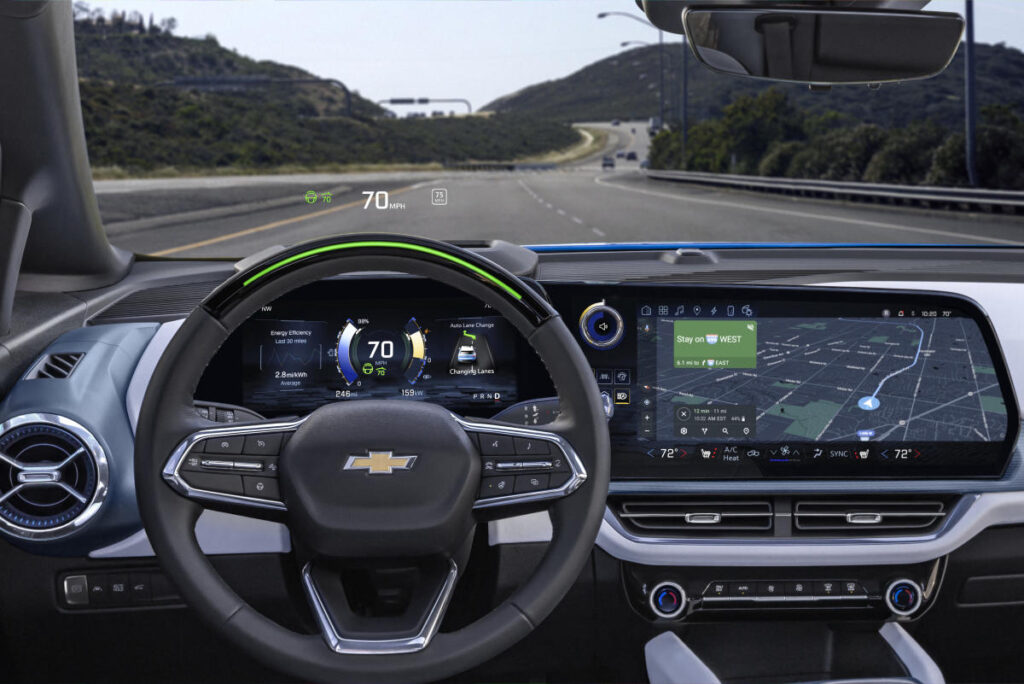General Motors announced that it will significantly expand its Super Cruise operating area by approximately 750,000 miles to cover rural roads and small highways in the United States and Canada. TechCrunch the report said. The upgrade, expected to be completed by 2025, will nearly double the automaker’s current 400,000-mile network.
First launched in 2017, Super Cruise allows for completely hands-free operation under the supervision of a driver, who must be ready to take control at all times. It uses high-precision GPS, cameras, radar sensors and driver attention systems to ensure the operator is focused.
However, it will only work on designated roads where a third-party contractor conducts lidar scans for GM. It generates maps showing lane class information, terrain, road curve radii and more, allowing Super Cruise to adjust speed when necessary. This is especially important on country roads and highways, which are more likely to have sharp turns, steep hills and other potentially dangerous sections.
The automaker has taken a slow approach to its driver-assistance systems, especially compared to rival Tesla, which offers a $12,000 Full Self-Driving system that can operate on city streets. GM recently launched its Ultra Cruise system, which can also be used in the city and says it can be used hands-free “95 percent” of the time. However, that plan was reportedly scrapped, with GM now focusing entirely on Super Cruise.
General Motors offers 15 Super Cruise vehicles, including pickup trucks, SUVs, Bolt EUV and all Cadillac models. Its largest supercruise expansion so far occurs in 2022, increasing mileage from 200,000 miles to 400,000 miles.
